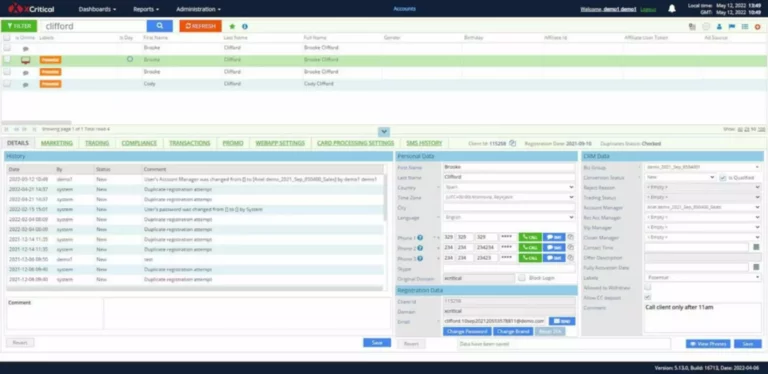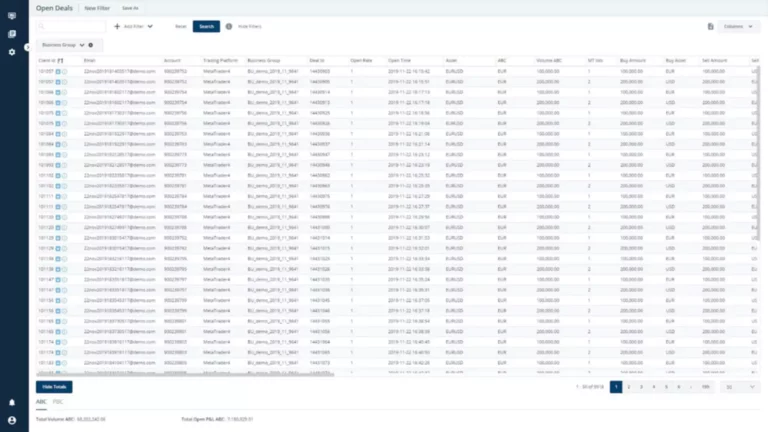Market makers, whether or not in traditional or crypto markets, provide liquidity and contribute to market stability by repeatedly quoting buying and selling prices. On the other hand, market takers seize alternatives by conducting trades at present market costs, adapting swiftly to ever-changing circumstances. The relationship between market makers and market takers varieties the premise of liquidity and effectivity in monetary markets. Market makers continually present liquidity to the market by all the time providing buy and sell price quotes, giving traders, namely market takers, the chance to trade instantly.

Dangers Faced By Market Makers
Some crypto merchants might choose the soundness of AMM roles, whereas others respect the dynamic nature of market taking. In The End, profitable crypto traders align their chosen position with their preferences. An MM is a participant who offers liquidity to monetary markets by quoting each Proof of space purchase (bid) and promote (ask) costs for a security. By executing in opposition to existing orders, they scale back the volume available on the order e-book.
This function becomes particularly necessary during periods of excessive market stress or volatility when natural liquidity might otherwise turn out to be scarce. The absence of liquidity interprets to an inability to purchase or promote an asset, thereby detrimentally impacting its valuation. Additionally, market makers and takers contribute to safeguarding the asset from susceptibility to market manipulation—albeit to a certain extent. Smaller spreads also imply it’s simpler and cheaper for traders Market Makers vs Takers to make offers shortly.
This system ensures that both makers and takers can engage in trading under favorable conditions, which helps stabilize asset costs and preserve market dynamics. They settle for the costs established by market makers or out there within the order guide to execute their trades immediately. Their major operate is to complete transactions by interacting with existing orders, thus facilitating the exchange of belongings. Market takers’ dangers are typically confined to the particular trades they execute. The relationship between market makers and market takers is symbiotic; it is the cornerstone of efficient market operate.

Why Is There A Difference Between Maker And Taker Fees?

Separately, underneath the maker taker mannequin, exchanges frequently provide rebates or incentives to market makers as a outcome of they supply liquidity. International monetary markets contain a posh interaction of strategy and execution. Two distinct participants, market makers and market takers, stand on the core of this activity.
Essentially, they’re taking liquidity from the market as the change fulfills their orders at present market prices from the order guide. Main monetary institutions, corresponding to brokerage companies, often perform as market makers. In the cryptocurrency space, buying and selling platforms and algorithmic buying and selling firms play a big function on this space , appearing as high-frequency market makers. These entities leverage advanced expertise and complex trading algorithms to provide liquidity and execute trades swiftly and profitably. However, market makers enjoy decreased charges owing to their pivotal role in enhancing liquidity.
- Nevertheless, it usually translates to greater transaction prices and potential slippage, particularly when liquidity is low or market volatility is excessive.
- The Maker payment is a transaction charge paid by market makers in the monetary markets, particularly in cryptocurrency exchanges, for the transactions they execute.
- This relationship ensures that markets remain liquid and environment friendly, permitting merchants to enter and exit positions with relative ease.
- An MM is a participant who provides liquidity to financial markets by quoting both buy (bid) and sell (ask) prices for a safety.
The interplay between market makers and takers is important for the right functioning of financial markets. This relationship ensures that markets remain liquid and environment friendly, allowing traders to enter and exit positions with relative ease. The distinction between maker and taker fees is predicated on the impression of transactions made on cryptocurrency exchanges in the marketplace. “Makers” are those who present liquidity to the market by inserting a brand new order; that’s, they set a price at which they need to buy or sell and await someone else to just accept this order.
A market maker (MM) is a financial intermediary—often an institution—that directly offers liquidity to monetary markets. They obtain this by continuously quoting each a buy and a sell value for a given security or instrument. These entities do not primarily aim to speculate on market course; their major operate is to facilitate buying and selling exercise for others. Market makers typically pay decrease transaction fees; some exchanges even provide them with rebates. Exchanges provide these monetary incentives because MMs provide liquidity. This follow encourages their energetic market participation and helps contribute to general market stability.
Their active participation allows the prices supplied by market makers to be constantly examined and for market costs to be up to date in real-time. With Out market takers, there may not be enough individuals to transact on the costs provided by market makers, which may lead to a lower in market liquidity and efficiency. Market makers, such as financial institutions, are liquidity suppliers by constantly quoting shopping for and promoting costs. Market making goals to facilitate clean transactions and reduce bid-ask spreads. On the opposite hand, market takers, typically individual merchants, seize present market alternatives by executing trades at those prices. In monetary markets, the roles of market makers and market takers are elementary to the trading course of.
Their strategy involves profiting from alternatives somewhat than creating market liquidity. In regards to the crypto trade, automated market maker (AMM) systems are used. Market takers incessantly https://www.xcritical.com/ incur larger transaction fees than market makers.
The discrepancy between the market value and the bid-ask price constitutes the unfold, signifying the revenue captured by the market maker. The equilibrium is maintained through supply and demand, whereas shaping prices in real-time. It’s necessary for investors and traders alike to know this, as it varieties the basis for analyzing trends, making knowledgeable selections, and navigating the complexities of financial markets. They are continually quoting each purchase (bid) and sell (ask) costs for a monetary instrument. Their core operate is to ensure a counterparty is mostly out there for any commerce. This facilitates smoother and extra efficient market operations, preventing stagnation.
A massive market order from a taker, for example, can deplete sell–side liquidity, potentially causing worth fluctuations. Excessive levels of taker activity can contribute to wider spreads and elevated volatility. Additionally, different DEXs like Uniswap use a solution known as automated market makers (AMMs) to attach makers and takers.
